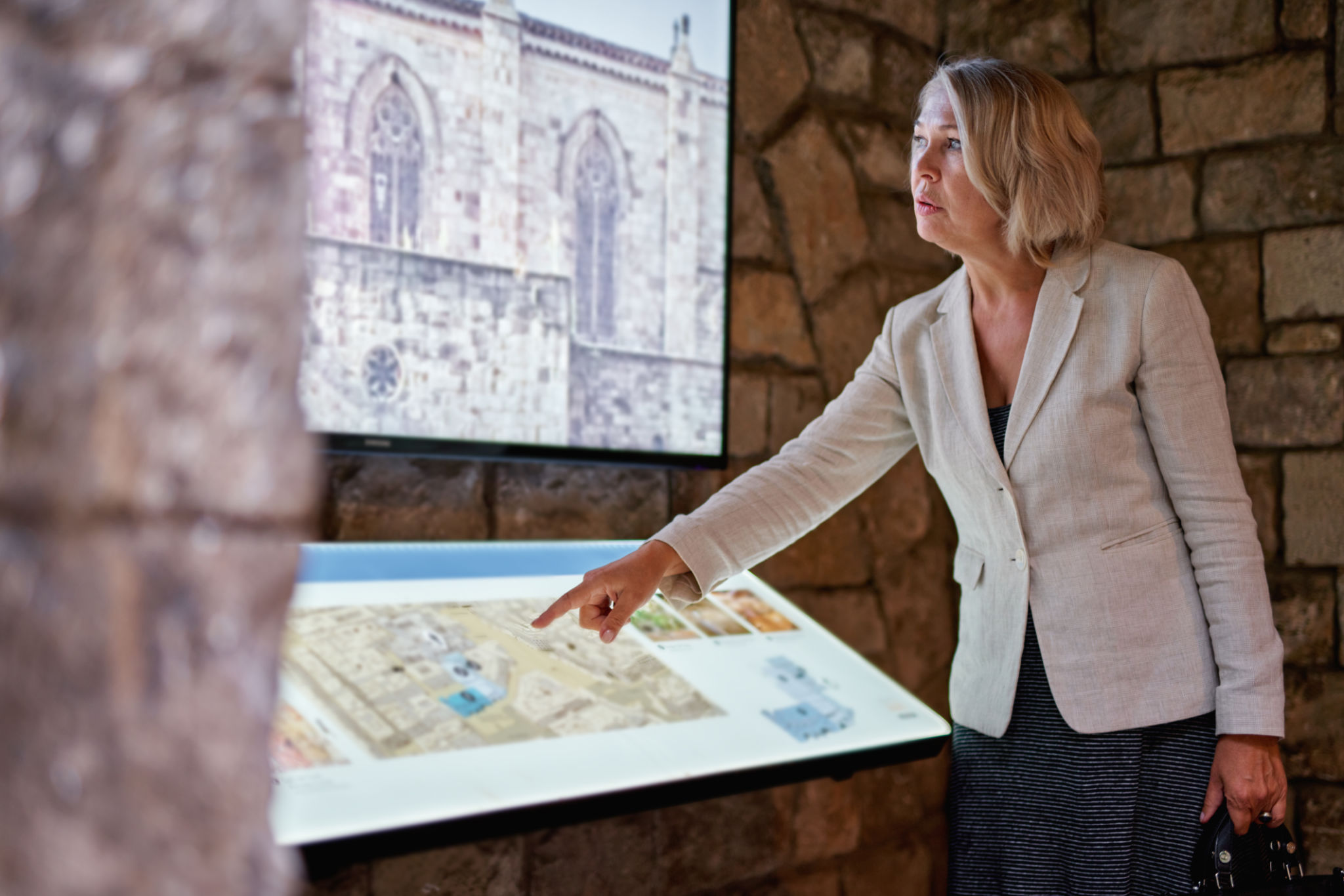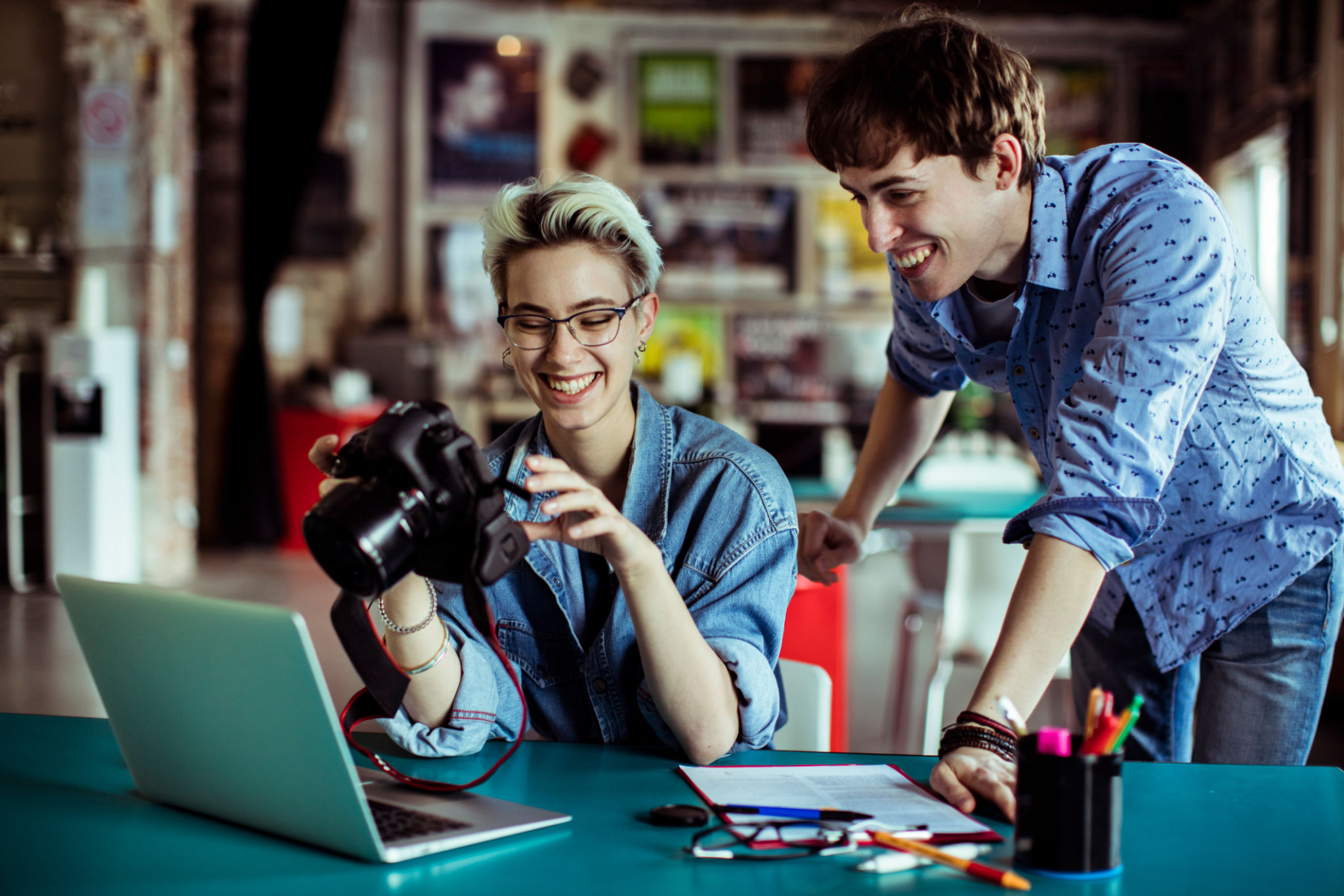The Role of Editorial Photography in Modern Museums
HM
Introduction to Editorial Photography in Museums
In modern museums, editorial photography plays a crucial role in shaping how exhibitions are perceived and understood by the public. This form of photography goes beyond mere documentation; it provides context, tells stories, and enhances the overall visitor experience. As museums evolve to engage with more diverse audiences, the integration of editorial photography becomes increasingly vital.
Editorial photography captures the essence of museum exhibits, offering insights that text alone cannot convey. By combining creativity with factual representation, these images serve as a bridge between the art and the audience. They are instrumental in making exhibitions more accessible and engaging.

The Impact on Visitor Engagement
Museums today strive to create immersive experiences that captivate their visitors. Editorial photography is central to this goal as it evokes emotions and sparks curiosity. By visually narrating stories, it encourages visitors to delve deeper into exhibits, enhancing their understanding and appreciation.
For instance, an editorial photo that captures the intricate details of an ancient artifact can draw attention to aspects that might otherwise go unnoticed. These images can highlight textures, craftsmanship, and historical significance, providing a richer experience for museum-goers.

Enhancing Educational Value
Beyond engagement, editorial photography also plays a significant role in the educational mission of museums. It serves as a powerful tool for learning, offering visual support to educational materials and programs. By presenting information in a visually appealing manner, editorial photos help convey complex concepts more effectively.
Museums often use these photographs in brochures, catalogs, and digital content to complement their exhibits. This not only aids in educating visitors but also inspires a broader audience to seek out museum experiences.
Facilitating Digital Presence
In the digital age, museums must also consider their online presence. Editorial photography has become essential for creating compelling digital content that attracts virtual visitors. High-quality images can significantly enhance a museum's website, social media channels, and online exhibitions.

By showcasing captivating editorial photos online, museums can reach a global audience, engaging people who may never have the opportunity to visit in person. These images act as ambassadors for the museum, drawing in potential visitors and promoting cultural heritage worldwide.
Collaborations with Photographers
The role of photographers in this context cannot be overstated. Museums often collaborate with skilled editorial photographers who specialize in capturing the spirit of exhibitions. These professionals bring their unique artistic perspective to the table, creating images that resonate with diverse audiences.
The collaboration between museums and photographers is mutually beneficial. Photographers gain exposure by associating with prestigious institutions, while museums benefit from fresh and dynamic imagery that elevates their exhibits.

Conclusion
Editorial photography is an indispensable component of modern museums. It not only enhances visitor engagement and education but also expands a museum's reach in the digital realm. As museums continue to adapt to changing cultural landscapes, the role of editorial photography will undoubtedly grow, further enriching the museum experience for audiences around the world.